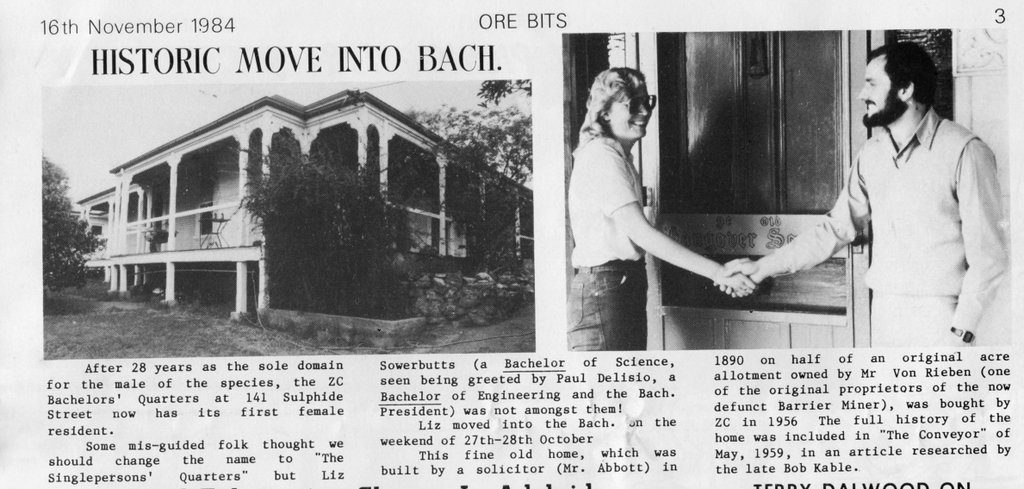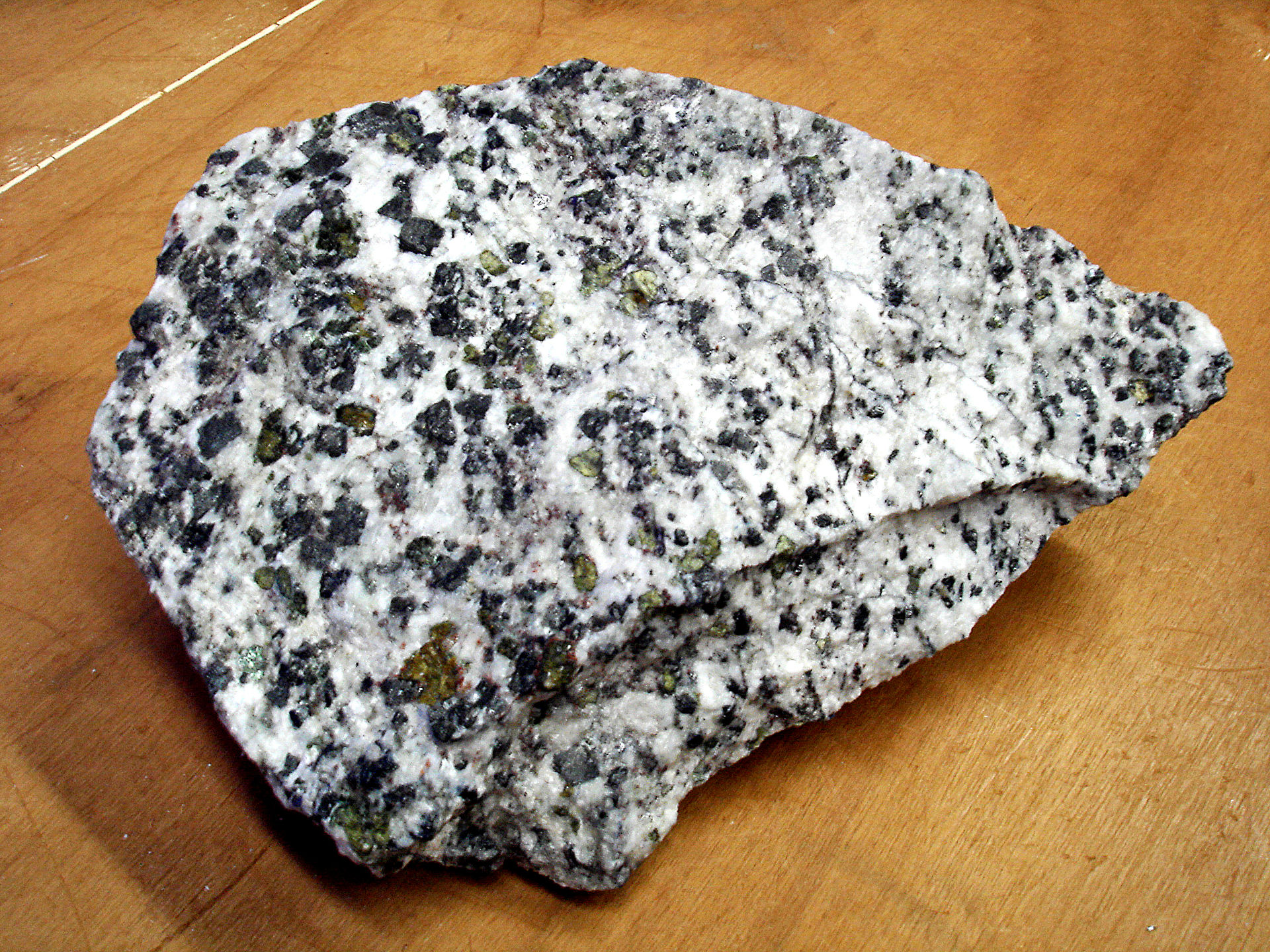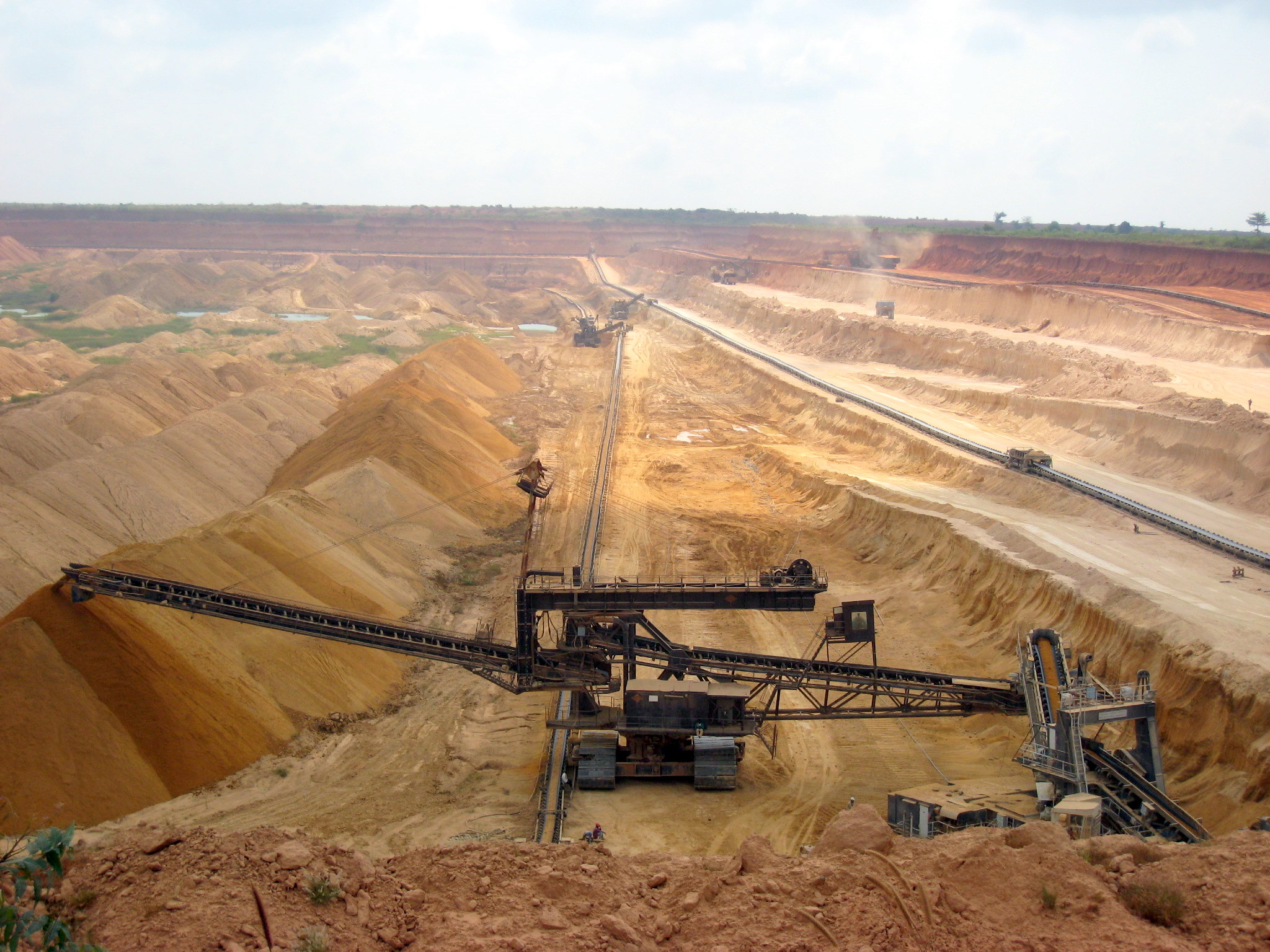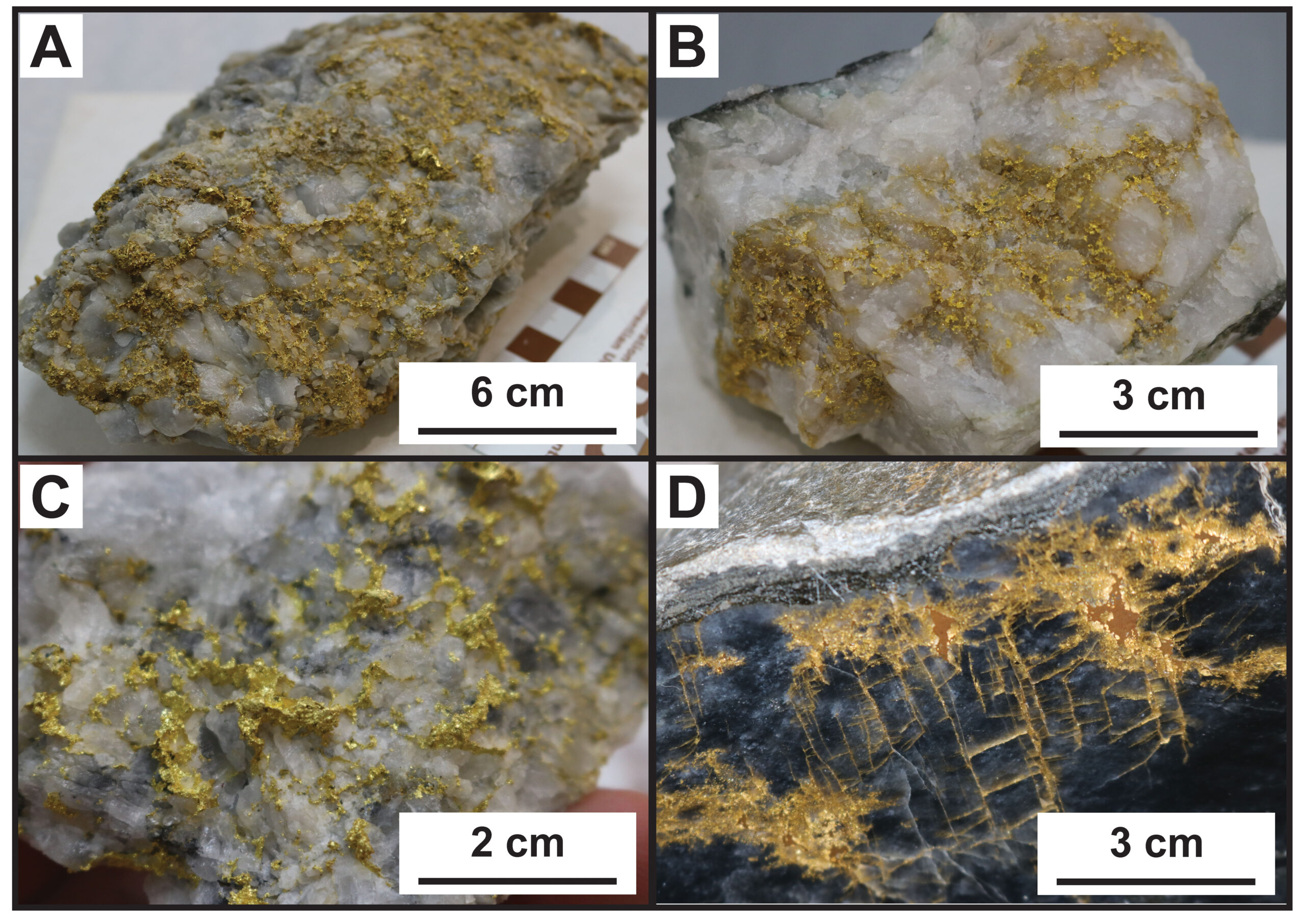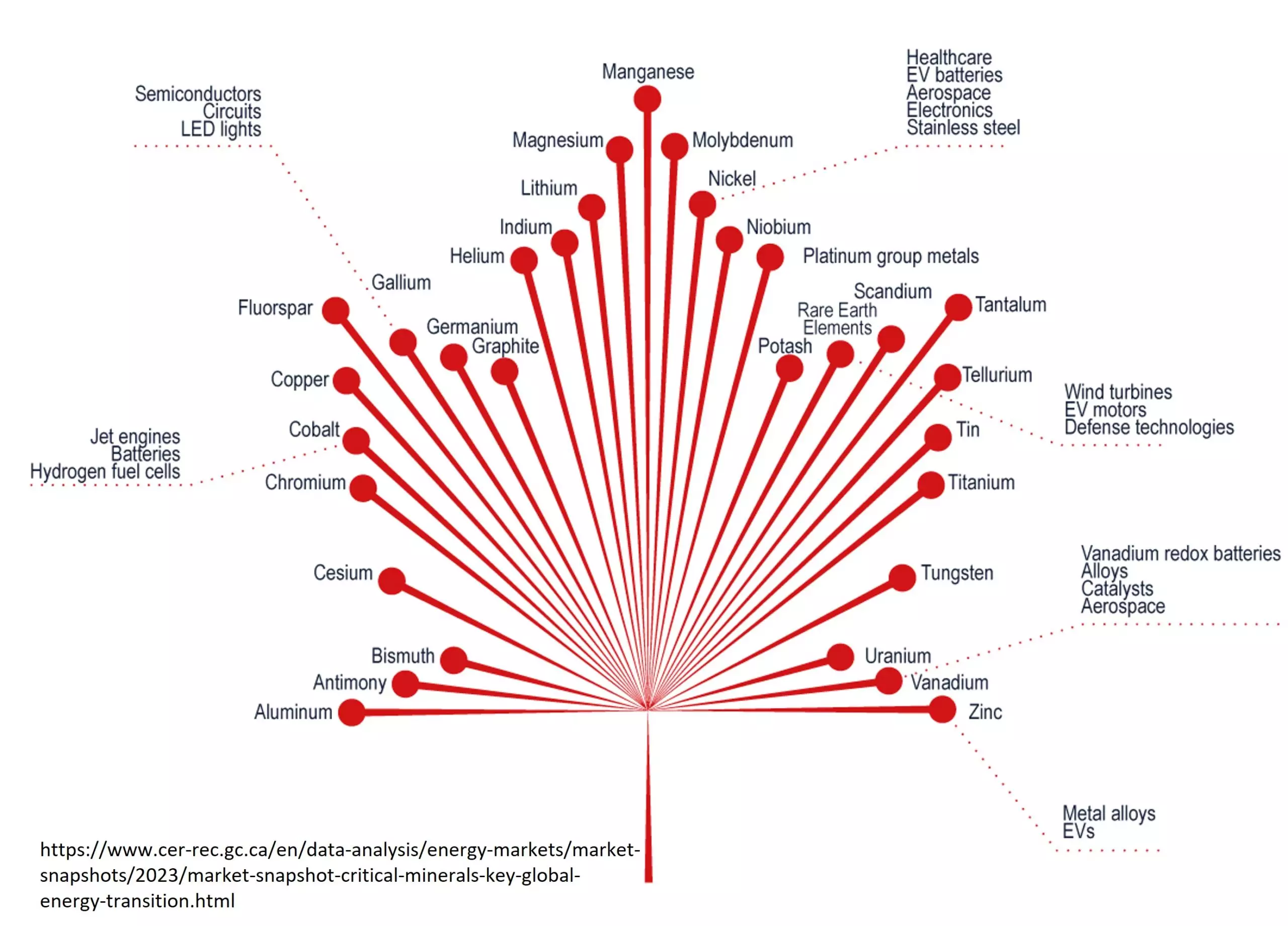
With increasing industrialization and population growth in many parts of the world, carbon emission increase has no end in sight. There have been a number of proposed “geo-engineering solutions” to the problem of climate change over the years. Some of these have included spraying clouds of sulphur particles into space to imitate volcanic cooling by blocking out some of the sun’s rays. Others have involved “fertilizing” the ocean with iron oxide to cause a massive algal bloom which would suck CO2 out of the air. Although geo-engineering solutions may be controversial for a number of ecological and social reasons, they are considered a potential solution. One of the latest attempts at carbon-capture or sequestration involves the chemical properties of an appropriately named olive-green mineral: Olivine.

Olivine is a occurs on the Earth’s surface in volcanic rocks, but it weathers and erodes quickly into clay minerals. It is the most abundant mineral within the earth’s mantle and remains stable in those high-temperature and high-pressure environments. The weathering (breakdown) of rocks is a natural process that locks up carbon dioxide in the air by chemical reaction. When magnesium-rich olivine reacts with CO2 and water under natural conditions, it forms magnesium-carbonate and silicic acid. This process locks up CO2 from the air into rocks with a new chemical composition.
The weathering process that captures CO2 is an important part of the carbon cycle but occurs very slowly. Scientists have determined this natural process could be sped up to capture more CO2 on a larger scale. Instead of waiting for the rocks to slowly weather down, olivine could be mined on an industrial scale, ground up and spread out to expedite the chemical reactions. By grinding up olivine, more rock surfaces are exposed to the air and reactions would take place faster. Olaf Schuiling, a geochemist at Utrecht University in the Netherlands is a passionate advocate of this method of carbon sequestration. He has proposed that coarse olivine grains should be spread onto beaches that experience heavy waves. The wave-action would tumble the olivine grains and break them down into smaller particles, thus further speeding up the weathering process naturally. Olivine beaches are a popular tourist attraction in Hawaii.
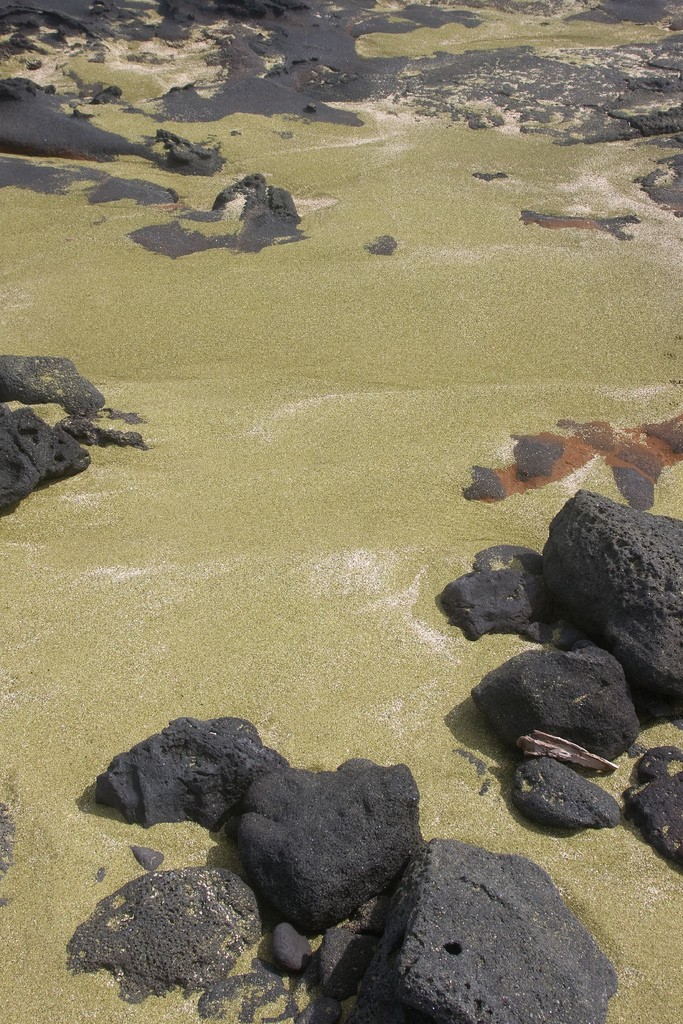
The use of olivine in carbon capture has not been well-studied, but it remains an emerging field of research. Scientists are uncertain how practical this approach would be since the quantity of olivine needed to meaningfully sequester the CO2 emissions would be enormous. In one study, it was estimated that it would take 5 gigatonnes of olivine on beaches to offset 30% of the current CO2 emissions for merely one year. In theory, one kilogram of olivine sequesters an equal amount of CO2 but this has not taken into account the energy used to mine and distribute the olivine onto the beaches in the first place. It is possible that the processes needed to grind and transport olivine would emit as much CO2 as it could sequester. Furthermore, Olivine can contain toxic metals such as nickel which could accumulate in the environment or disrupt the local ecosystem by changing the pH of the water. All geo-engineering approaches to climate-control or carbon sequestration carry risks, but it is possible to approach the problem of anthropologic global warming with more than one tool. Perhaps it is impractical to mine olivine for the sole purpose of carbon sequestration, but olivine could be a byproduct of other mining ventures. If olivine is a byproduct, then there is no increase in carbon emissions to take it out of the ground and this could make it a viable solution, but this is still very speculative science.
Subscribe for Email Updates

